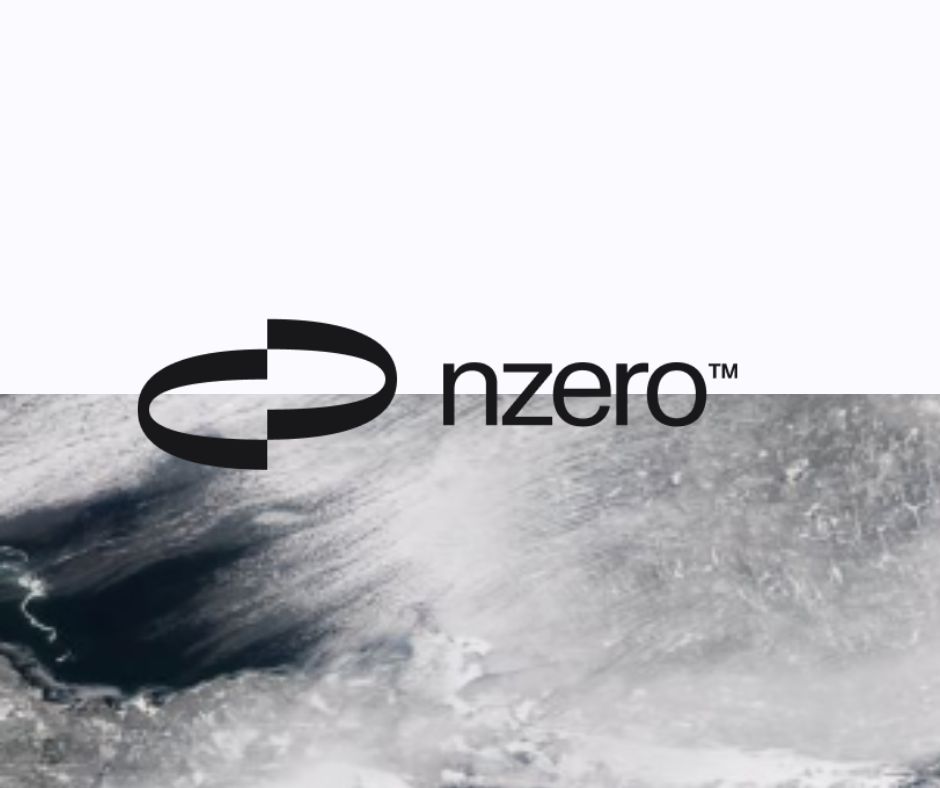Why Scope 2 Emissions Matter More Than Ever
Scope 2 emissions typically account for 20–40% of a company’s total carbon footprint, depending on the sector. For industries like retail, tech, and real estate—where direct emissions are limited—scope 2 often represents the largest controllable source of emissions. Despite this, many firms treat electricity procurement as a fixed input rather than a strategic lever for decarbonization.
The Greenhouse Gas Protocol, the global standard for carbon accounting, allows companies to report scope 2 emissions using two methods:
- Location-based, reflecting the average grid emission factor of the region.
- Market-based, reflecting the specific emissions profile tied to the electricity products purchased (e.g., via RECs or PPAs).
While market-based reporting allows for flexibility and alignment with renewable energy goals, it has also led to criticism. Companies can claim carbon neutrality using RECs that may not reflect actual emissions reductions on the grid. For example, purchasing unbundled RECs—credits not tied to physical energy delivery—has been called into question by organizations such as the Carbon Trust and RE100, which advocate for 24/7 carbon-free energy as a more credible benchmark (RE100 Technical Criteria).
Investors and auditors are becoming more attuned to this distinction. As a result, businesses that rely on outdated or symbolic REC-based strategies may find themselves under increased scrutiny in 2025 and beyond.
The Regulatory Wake-Up Call: From CSRD to SEC Disclosure Rules
2024–2026 marks a turning point in mandatory ESG disclosure regulation, and scope 2 is squarely in the spotlight. In Europe, the CSRD requires thousands of companies—including non-EU multinationals—to report audited scope 1, 2, and 3 emissions starting as early as 2025 (European Commission).
The CSRD’s alignment with the European Sustainability Reporting Standards (ESRS) imposes strict guidelines on scope 2 methodologies, requiring greater transparency about the source, attributes, and quality of renewable energy claims. RECs alone will not be sufficient unless backed by credible, contract-based procurement—such as Power Purchase Agreements (PPAs) or Energy Attribute Certificates (EACs) with time and location specificity.
Meanwhile, the U.S. Securities and Exchange Commission (SEC), while softening its final climate disclosure rule in 2024, still includes scope 1 and 2 reporting requirements for large filers, subject to attestation by independent auditors (SEC Rule Summary). Many U.S.-based companies are now aligning their emissions tracking systems with global standards to prepare for both investor expectations and potential future mandates.
In parallel, China, Japan, and Australia are rolling out enhanced carbon disclosure frameworks of their own, signaling a broader global convergence on emissions transparency.







